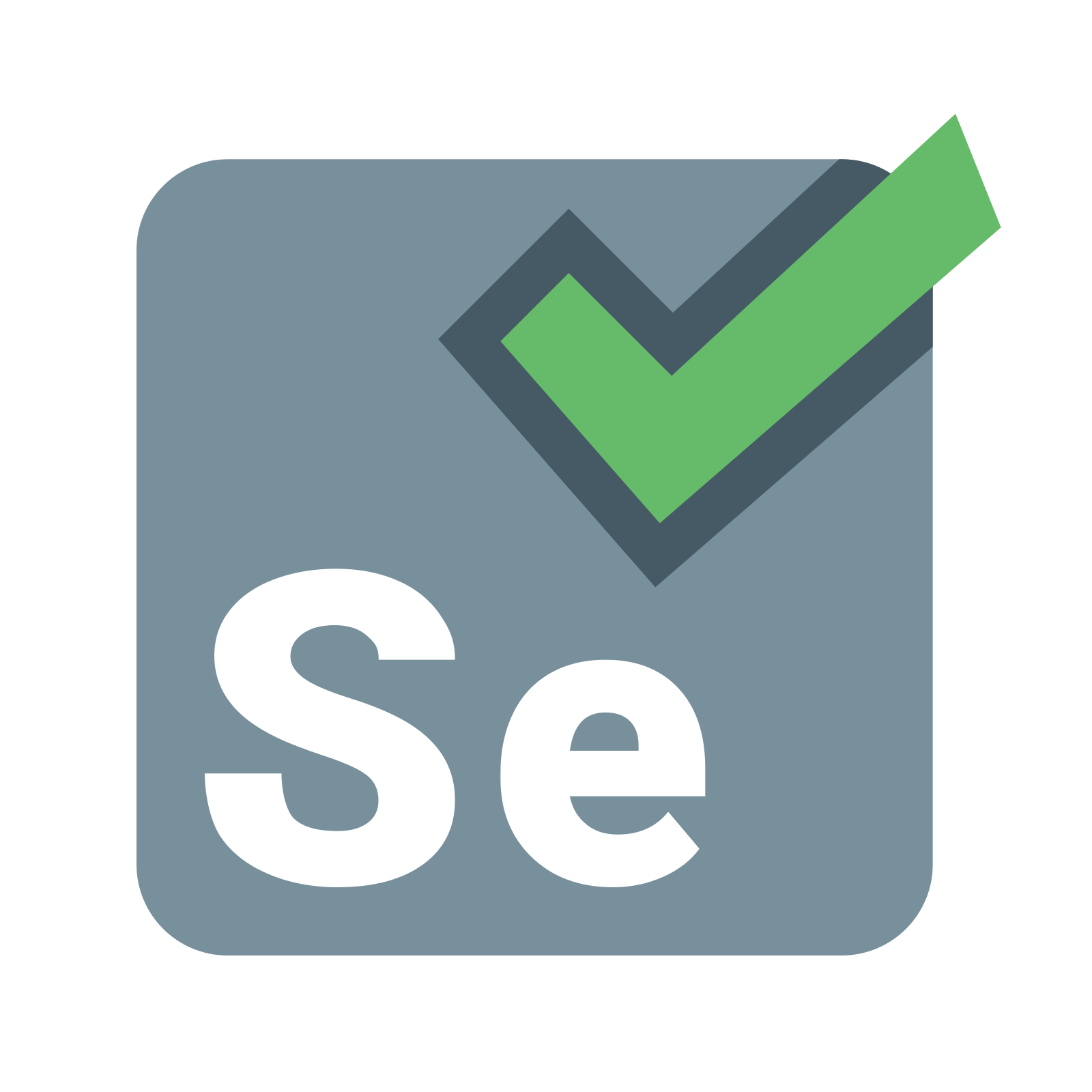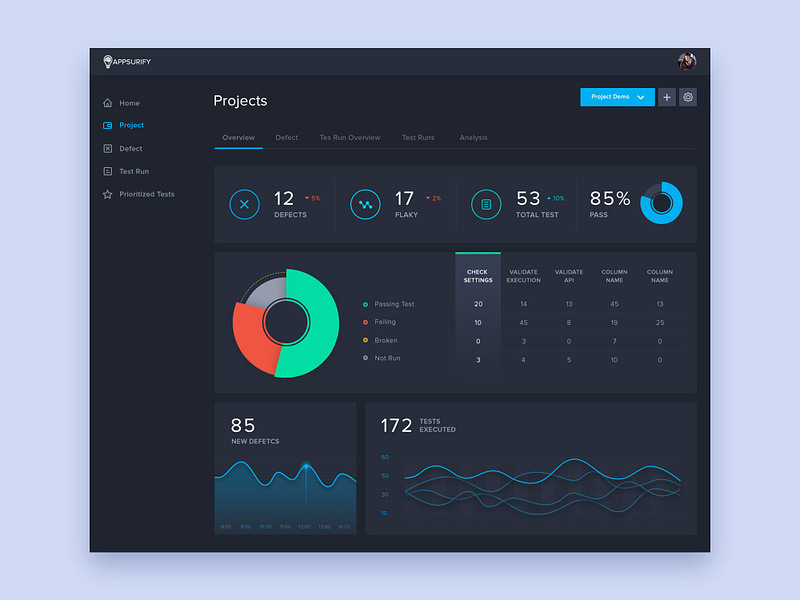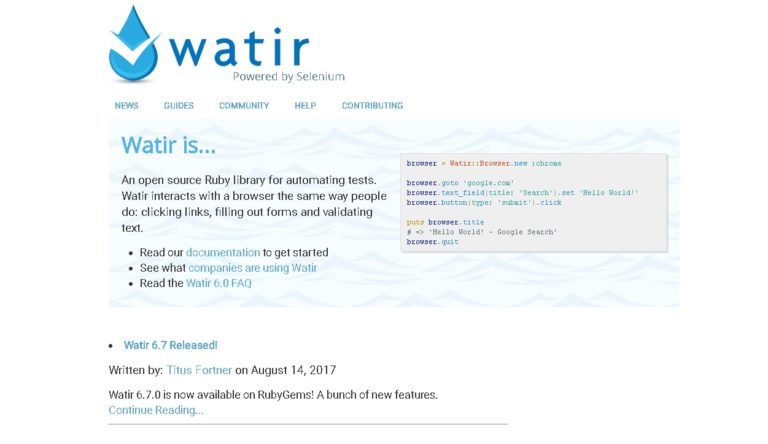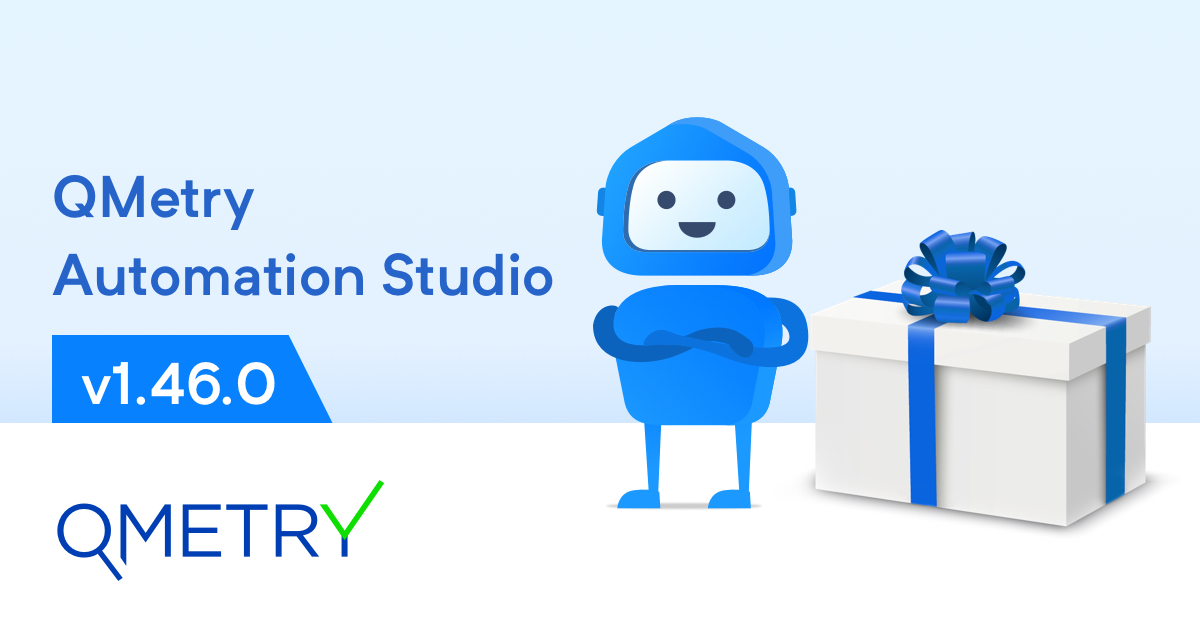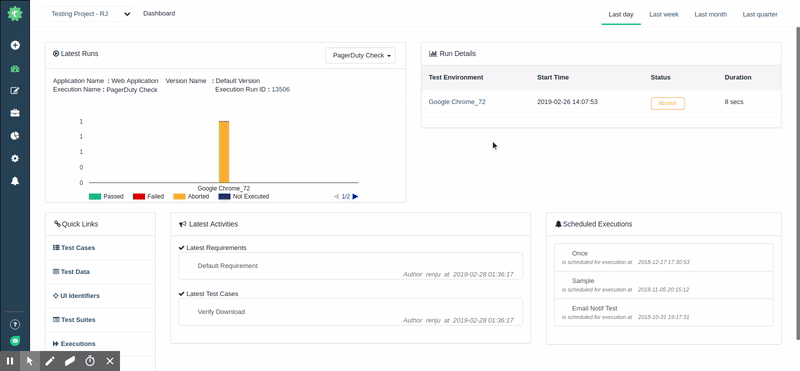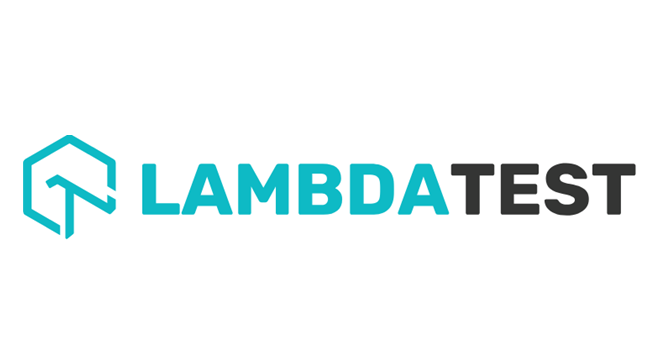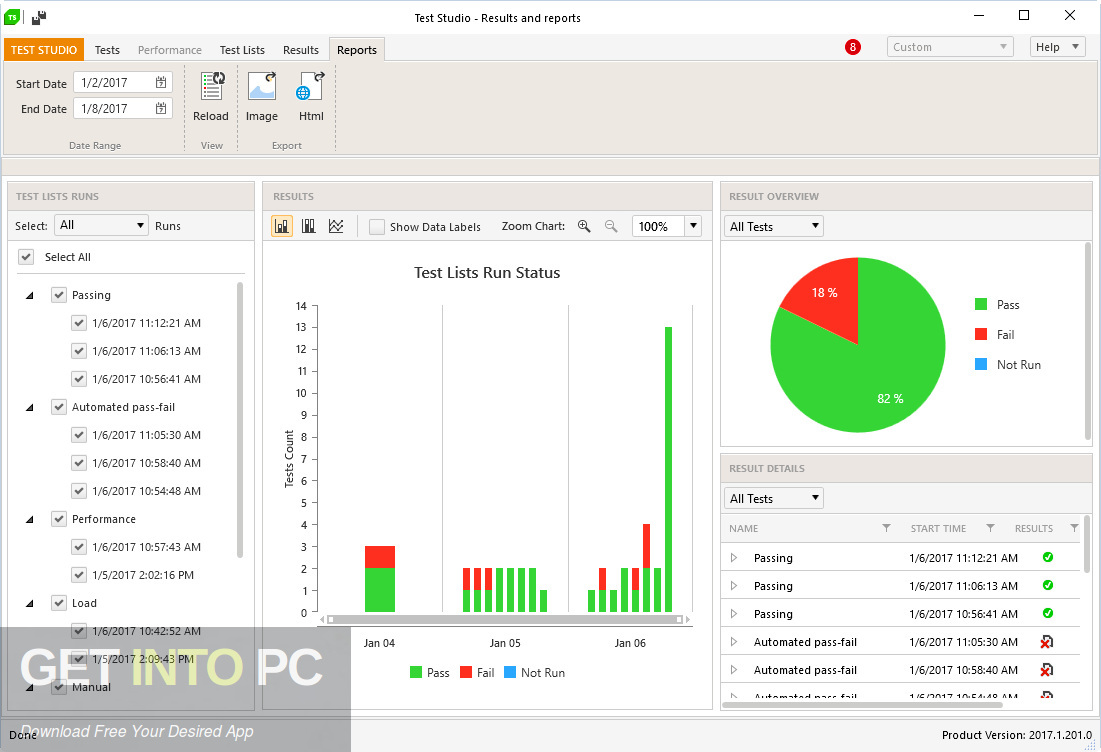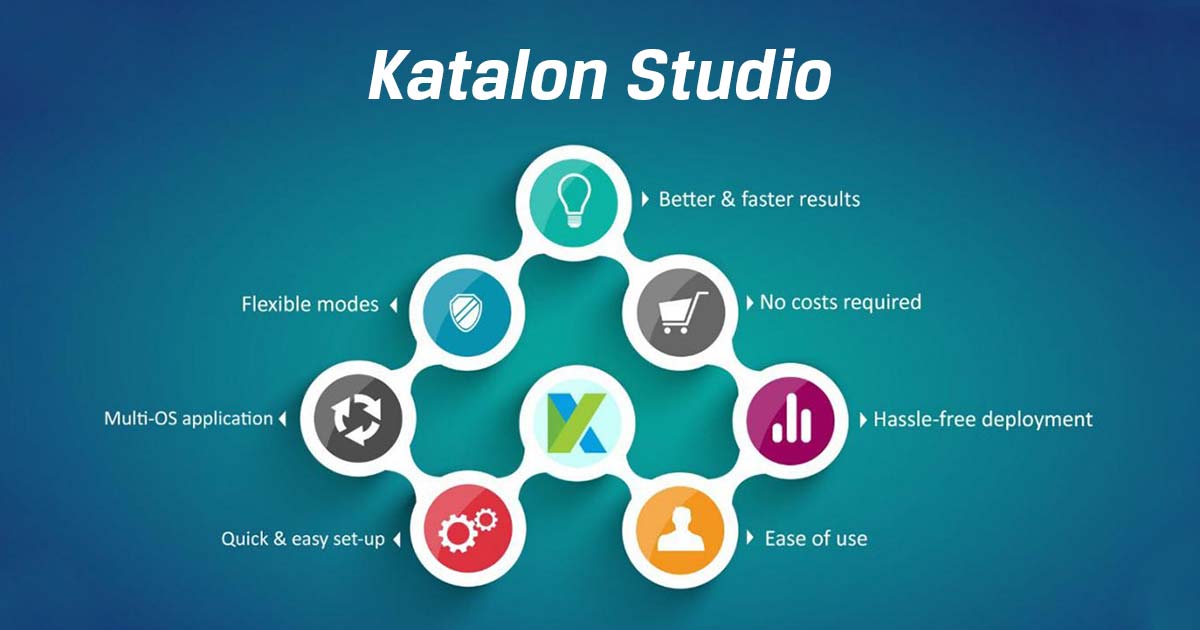Before a software product is released to end users, it must undergo rigorous testing. Software testing ensures the product functions as intended and meets customer requirements. Automation testing plays a key role in identifying bugs and performance issues efficiently before deployment.
What Are Automation Testing Tools?
Automation testing tools are software applications designed to automatically test other software. They execute pre-defined test cases, simulate user interactions, and verify expected results. These tools accelerate the testing process, enhance accuracy, and support continuous integration/continuous deployment (CI/CD) pipelines.
Types of testing covered:
- Functional Testing
- Rebgression Testing
- API Testing
- Performance Testing
- Unit Testing
Benefits of Automation Testing
Pros:
- Efficiency: Run tests faster than manual testing.
- Reusability: Reuse test scripts across multiple test cycles.
- Consistency: Eliminate human error with repeatable tests.
- Parallel Execution: Run tests simultaneously across different environments.
- Continuous Testing: Integrate seamlessly with CI/CD pipelines.
- Regression Testing: Quickly verify changes don’t break existing features.
- Data-Driven Testing: Test scenarios with multiple data sets.
Cons:
- Initial Setup Cost: Time-consuming for small, changing projects.
- Maintenance: Frequent updates required for evolving applications.
- Limited Human Judgment: Not ideal for exploratory or UI testing.
- Complex UIs: Sensitive to UI changes.
- Learning Curve: Requires technical skills.
- Not a Full Replacement: Cannot replace manual usability testing.
Key Features to Look For
- Script creation, recording, and editing
- Cross-browser and cross-platform testing
- Data-driven testing capabilities
- Parallel test execution
- CI/CD pipeline integration
- Modular and reusable scripts
How to Choose the Right Automation Testing Tool
- Identify test cases suitable for automation
- Define budget and project requirements
- Shortlist 2-3 tools based on compatibility
- Run pilot tests to evaluate performance
- Consult stakeholders before finalizing the tool
Top Automation Testing Tools:
Here are a few carefully chosen automation tools and their attributes so you may choose the finest one.
1. Selenium:
Selenium is one of the widely used open-source automation testing technologies. A web-based automation tool is compatible with Windows, Linux, and macOS, among other operating systems. It also supports several browsers, including Chrome, Firefox, and Safari.
It is possible to create automation test scripts using Selenium WebDriver. These browser-based test scripts can be used in a variety of settings. You can create bug reproduction scripts using the Selenium IDE Chrome and Firefox extensions. Additionally, it can produce test scripts for automated exploratory Testing.
Selenium supports several programming languages for creating test scripts, including JavaScript, PHP, Ruby, Perl, Python, Java, C#, etc. You can test cases on various distant workstations with Selenium Grid and manage them all from one location.
Features:
- Selenium offers record and playback features through its browser plugin, Selenium IDE.
- Because Selenium WebDriver is so powerful, you can use it to develop more intricate and advanced automation scripts.
2. Appsurify TestBrain:
Appsurify TestBrain is an automation testing tool that makes testing ten times faster for you. When programmers modify a particular code, it recognizes the changes and launches automated tests. It is perfect for QAs and developers to test an application and find flaws regularly.
Flaky test cases and faults can create failures, which Appsurify TestBarin can identify and isolate from the primary build. Additionally, it warns you if you make any code modifications that could have a high-risk outcome.
You may find the code modifications that are most likely to result in flaws with the aid of Appsurify TestBrain. It supports all leading programming languages and enables hassle-free integration with current testing environments. Both the self-hosted and cloud versions are usable.
Features:
- With code customization, rapid, low-code authoring offers unparalleled versatility.
- AI-powered locators that are self-healing and constantly improving maintain your testing reliability.
- Tools from TestBrain to effectively scale quality efforts for your team.
3. Watir:
Web Application Testing in Ruby (Watir) is an additional open-source and cost-free automation testing platform. It makes testing more accessible by supporting numerous browsers, including Safari, Opera, Chrome, Internet Explorer, and Firefox. Water consists of a variety of elements. Three main components are Watir-classic, WatirSpec, and Watir-Webdriver.
Water provides a wide range of features. You can record the testing procedure on screenshots if necessary. Using Watir’s performance object, users can evaluate a page’s performance. Performance.memory, Performance.navigation, Performance.timeOrigin, and Performance.
Features:
- Ruby is the scripting language. However, any language can be used to automate web applications.
- For data-driven Testing, Watir’s Ruby-based features let you connect to databases, read flat files, and work with Excel. Reusable test code may be used repeatedly in different test scripts.
4. QMetry Automation Studio:
An all-encompassing automation testing solution, QMetry Automation Studio provides automated Testing for Windows desktop, mobile, web, web services, and APIs. It enables customers to use additional automation tools like Selenium and Appium to guarantee effectiveness and reusability.
Platforms for web and device testing in the cloud, including Perfecto Mobile, Sauce Labs, etc., can be integrated with QMetry Automation Studio. Additionally, it permits users to use CI/CD technologies like Jenkins, Bamboo, etc. It supports various platforms for automation testing, including desktop, mobile, and native mobile platforms, as well as the web and web services.
It is also compatible with other platforms such as JUnit, TestNG, Jasmine, Robot, Cucumber, etc.
You can reuse and distribute the previously created automated test scripts using QMetry Automation Studio. You can choose to run a single test or several tests at once. Because it can integrate with various tools, including test management systems, ALM tools, DevOps tools, defect management tools, etc., it is one of the most adaptable tools available.
Features:
- Self-healing, auto-correction capability, and intelligent execution delay mechanism.
- BDD and keywords drive the authoring of tests, and there are 180+ built-in commands.
- Test case reuse across numerous test projects using various datasets is made possible by test data management with built-in data parameterization & variability.
- Multi-platform support enables cross-platform, parallel execution across web, mobile, and web services.
5. Micro Focus UFT:
Unifies Functional Testing is the abbreviation. Regression and functional test automation on a variety of environments and apps is made possible by Micro Focus UFT. It was formerly called QuickTest Professional. Together, developers and testers create best-in-class solutions that meet high criteria for automation testing using Micro Focus UFT.
The AI-powered automation testing tool Micro Focus UFT covers desktop, web, mobile, and enterprise-grade programs. In a short amount of time, functional tests can be developed automatically. But keeping up with these tests takes little work. Additionally, it improves test coverage and robustness.
You can quickly conduct a lot of tests with the aid of this AI-driven tool. It allows parallel Testing, which makes it possible to execute tests much more quickly. Removing bottlenecks also connects with the DevOps toolchain for continuous Testing.
Features:
- Test your application on various platforms, including the web, desktop, mobile, and APIs.
- For effective test case design, use keywords and reusable parts.
- Create test scripts in VBScript and other scripting languages.
6. Testisgma:
Testisgma is a comprehensive cloud-based automated testing tool for contemporary and agile testing teams. It is a simple English-speaking AI-driven automated testing tool that works best for testing web applications, mobile applications, and APIs.
Regression testing, cross-browser Testing, Continuous Testing, and data-driven Testing are all supported by Testsigma. It enables you to create and test scripts on computers and 800 various browsers on Android and iOS smartphones.
Each test script execution’s detailed real-time results are available. Additionally, you get access to a test case’s result at every stage. You can concentrate on the test cases that are most important by using the integrated reporting tool. With Testsigma’s integrated test management tool, you can create test plans, manage user requirements, and rank test cases.
Additionally, Jenkins, Bugzilla, and Jira are just a few of the collaboration, CI/CD, and bug-tracking platforms that Testsigma can interact with. This smooth interaction ensures effective bug tracking.
Features:
- To increase coverage, test scenarios with several kinds of input data.
- For better decision-making, access thorough test reports with AI-driven insights.
- You may encourage teamwork by working on test cases and exchanging test artifacts.
- Integrate version control systems to manage test assets.
7. LambdaTest:
With over 500,000 users worldwide, LambdaTest is one of the top automation and manual testing solutions. Your publicly or locally hosted web apps can be manually and automatically tested across more than 2,000 different operating systems and browsers.
LamdaTest can also easily interface with any project management software, CD/CI pipeline, and bug logging program. With such integration, you can promptly log bugs that arise throughout the testing process. Thanks to the geolocation testing capability, you may test your application from any location.
Features:
- Check out how your application functions for users from various areas.
- To find layout problems and visual regressions, use visual UI testing.
- Compare your application’s screenshots automatically across several browsers.
- Integrate with well-liked bug tracking programs to effectively manage and fix bugs.
8. Telerik Test Studio:
Telerik Test Studio is an additional desktop and web-based automation software solution. It enables you to deliver a web application that generally meets users’ high requirements.
You may complete automation faster with Telerik Test Studio’s Record/Playback capability. Record a test first, then use automatic playback to generate a test case quickly. You can afterward run that specific test script on many browsers.
With numerous built-in features, including a centralized object repository, patent-pending element detection, and multi-mechanism element search, Telerik Test Studio also reduced test maintenance. It offers an extensive Executive Dashboard that enables you to monitor the caliber of apps utilizing data and statistics.
Everyone, including developers, managers, and QAs, should use Telerik Test Studio regardless of coding knowledge or experience. It supports various programming languages, including JavaScript, HTML, WPF, ASP.NET, and Silverlight.
Features:
- It supports C# and VB.Net as two scripting languages.
- Continuous Testing may be done in Test Studio by connecting to source control platforms like Team Foundation Server and GIT.
- Telerik includes robust test reporting features and allows you to schedule and run concurrently.
9. TestComplete:
Testing mobile, desktop, and online applications can all be done automatically with TestComplete. It is a piece of AI-driven software with unequaled scripting and scriptless versatility. It serves as a repository for more robust and scalable GUI tests.
Java, Windows 10,.Net, and WPF are just a few desktop programs for which TestComplete can automate UI testing. Reusing tests for frameworks like Angular and React is one of TestComplete’s most vital features for online apps. It supports over 2050 different browsers.
Without jailbreaking the phone, you can create and automate UI tests on iOS and Android smartphones with TestComplete. Other tools, including Jira, Jenkins, Azure DevOps, Git, etc., are integrated with it. The AI-powered object identification engine aids in helping you find potential flaws and fix them immediately.
Features:
- Use record and playback or script in your preferred modern language (including JavaScript, Python, and VBScript) to create code or codeless tests.
- ML and AI-based object recognition that is superior
- support for testing business software like SAP, Oracle EBS, and Salesforce
10. Katalon Studio:
An all-purpose automated testing solution for desktop, online, mobile, and API applications is called Katalon Studio. Operating systems like Windows, Linux, and macOS can all use it. It enables Testing of web apps on all current browsers and API services, including mobile and tablet applications for Android and iOS.
Due to its highly scalable and resilient capabilities, Katalon Studio is trusted by over 65,000 businesses and organizations. For all platforms and operating systems, it can, for instance, produce automated test scripts. However, even those with little coding experience can use this studio to write automated tests.
Azure, Bamboo, Jenkins, and CircleCI are just a few of the CI systems with which Katalon Studio effortlessly interacts. Additionally, Jira integration is supported.
Features:
- Reusable components should be made for improved test maintenance.
- Groovy and JavaScript are only a few scripting languages that Katalon supports.
- Integrate Katalon with well-known CI/CD systems without difficulty to incorporate automated Testing into your development process.
Conclusion
Automation testing tools are essential for modern software development. While they can greatly enhance testing speed and reliability, they must be chosen carefully to align with your project goals. Remember, automation complements manual testing not replaces it entirely.
FAQs
Q1. What are the benefits of automation testing?
Increased efficiency, consistency, reusability, and support for continuous testing.
Q2. What can be automated?
Functional, regression, API, and performance tests.
Q3. What languages are used in test automation?
Java, Python, JavaScript, C#, Ruby
Q4. Can automation replace manual testing?
No. Exploratory and usability testing still require human insight.
Q5. How does CI/CD integrate with test automation? A
utomated tests can be triggered automatically on code changes for continuous feedback.


